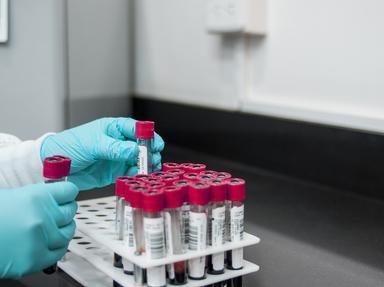Quiz Answer Key and Fun Facts
1. Like chlorophyll, xanthophyll is a molecule present in the leaves of plants. Which colour is caused by xanthophyll?
2. Betanin gives a reddish colour. What is one of the main sources of betanin?
3. Juglone (from the black walnut tree) has exactly the same chemical formula as the more commonly used lawsone. Which plant gives us lawsone, that has been used for tattoos for multiple centuries?
4. The indigo plant, which once was the main source for the blue-purplish hue belongs to which family?
5. Which colour is curcumin?
6. Which natural red colouring is obtained by crushing insects?
7. The yellow colour, rutin (with several other names), is found in many plants. Which genus of plants contains high doses of rutin equivalents (3,2 to 4,9%) in the fruit peel?
8. Madder (related to coffee) is the plant that provides us with alizarin, mostly used for dyeing fabric. What colour is alizarin?
9. What is the natural source of the purple colouring murexide?
10. Haematoxylin was created from heartwood and has a distinct colour, quite unusual for natural colourants. What colour is obtained from the dye haematoxylin?
Source: Author
JanIQ
This quiz was reviewed by FunTrivia editor
rossian before going online.
Any errors found in FunTrivia content are routinely corrected through our feedback system.

